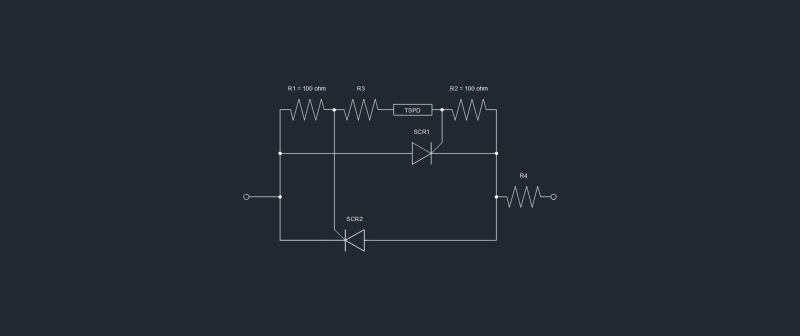HenryOhm
Electrical
- Jun 22, 2005
- 60
I have a project involving large 7000Hp DC motors with 19H fields with a resistance of about 5ohm. They normally need around 20-50A of field current for most all operating scenarios. Currently, the system has selenium suppressors installed for overvoltage suppression if the exciter suddenly trips offline. There is also a discharge resistor in parallel of 350ohm and 500W. The selenium suppressors may have failed in some cases and we are looking for logical replacements.
When I take the 50A and 19H for energy stored in a motor field, I get ~24000J. Some of the largest MOV's I see from TDK, Epcos, etc list maybe 10000J but then also have a higher let through or clamping voltage than I'd like. The joule rating of these are for 1.2/100us - 8/50us type transients with really high current spikes. Not sure if the manufacturers would even be able to say what the joule rating for such devices would be in this completely different (current-limited) suppression application.
I also started to look into power avalanche/zener diodes or something similar. But, even in the largest sizes, they didn't seem to have the thermal ratings I might need.
Please don't tell me that the below Siemens product would be the normal solution for the motor fields I'm dealing with(?!):
Thanks!
When I take the 50A and 19H for energy stored in a motor field, I get ~24000J. Some of the largest MOV's I see from TDK, Epcos, etc list maybe 10000J but then also have a higher let through or clamping voltage than I'd like. The joule rating of these are for 1.2/100us - 8/50us type transients with really high current spikes. Not sure if the manufacturers would even be able to say what the joule rating for such devices would be in this completely different (current-limited) suppression application.
I also started to look into power avalanche/zener diodes or something similar. But, even in the largest sizes, they didn't seem to have the thermal ratings I might need.
Please don't tell me that the below Siemens product would be the normal solution for the motor fields I'm dealing with(?!):
Thanks!

